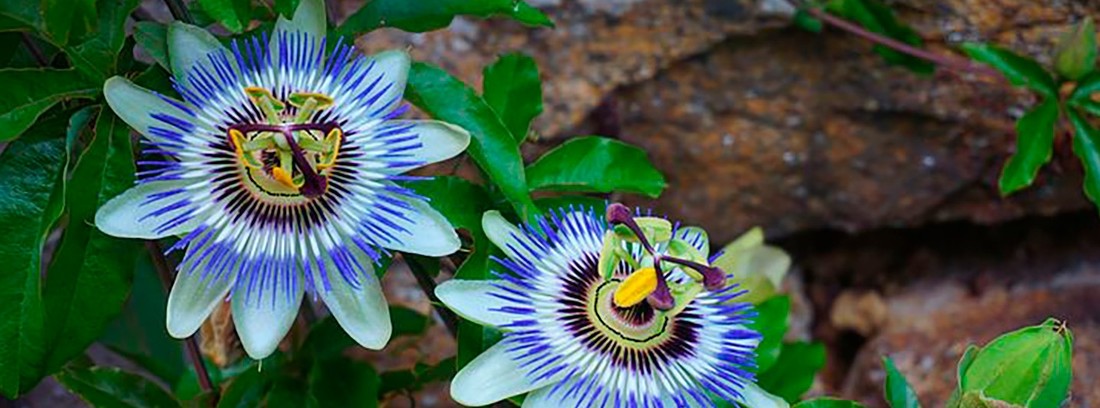Relaxing passionflower

Passionflower (Passiflora incarnata L) is a climbing shrub of the passionflower family, native to Brazil and Peru, from where it spread to other parts of America. It entered Europe in the 16th century, after being discovered by the Sevillian doctor and botanist Nicolás Monardes. Today, it is found in many tropical and subtropical countries.
There are traces of its use for medicinal purposes by the Aztecs, the Incas, some Cherokee tribes and other indigenous peoples. The main reported uses They are as diaphoretic (sudorific), diuretic (like), pain reliever, sedative, anticonvulsant, and antidote to snake bites.
Plant
The great scientist, naturalist, botanist and zoologist Carlos Linnaeus gave the name of Passionflower to this genus of plants. The term comes from the Latin flos passionis, which means "flower of passion" (flower of suffering) since the first missionaries in America saw in it the representation of the passion of Christ.
At the end of the 19th century, the first studies with passionflower were made and its sedative and antispasmodic action was verified. Its use has spread to treat nervousness and gastrointestinal spasms. In World War I it was used as a treatment for. Since then and even today, numerous studies have been carried out with it.
Current uses of plasiflora
In 1937 it was registered for the first time in the French Pharmacopoeia and since 2005 it has a monograph in the European Pharmacopoeia. The European Medicines Agency (EMA) highlights its usefulness to relieve mild symptoms of mental stress and to fall asleep. In this sense, it is indicated in cases of restlessness, restlessness and irritability, which is why it is a very useful plant to face the stress of our current life.
How to take it?
- Infusion: 1 to 2 g of dried plant (a dessert spoon) in 150 ml of boiling water. We must let it rest for 10 minutes before taking it. They can be taken one to four times a day.
- Tincture: 1-4 ml, up to three times a day.
- Fluid extract: 30-50 drops, three to five times a day.
- Powder or extract capsules: the equivalent of 0.5 to 2 grams per day, divided into two or three times.
If it is used to fall asleep in specific moments of stress, it is advisable to take a dose in the evening to relax from the events of the day and another half to an hour before going to sleep.
Contraindications, adverse effects and recommendations
It can cause drowsiness, that's why driving or operating machinery is not advised the first hours after taking it. It can also enhance the effect of sedative medications and those that can cause drowsiness (such as antihistamines) and the effect of alcohol.
INFORMATIVE NOTE
-
«The contents included in this section offer information related to existing therapies explained by spets with experience in the field with an informative objective. MAPFRE does not intend under any circumstances to position itself on its suitability or expressly promote its use ”.
Maria Jose Alonso Osorio Member of medicinal plants and homeopathy of the College of Pharmacists of Barcelona
(Updated at Apr 13 / 2024)